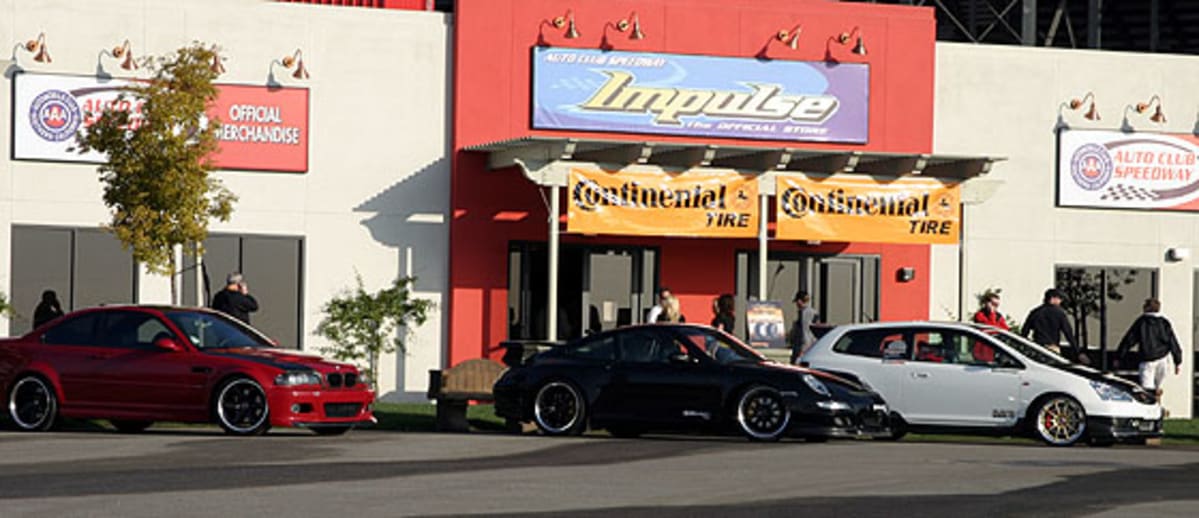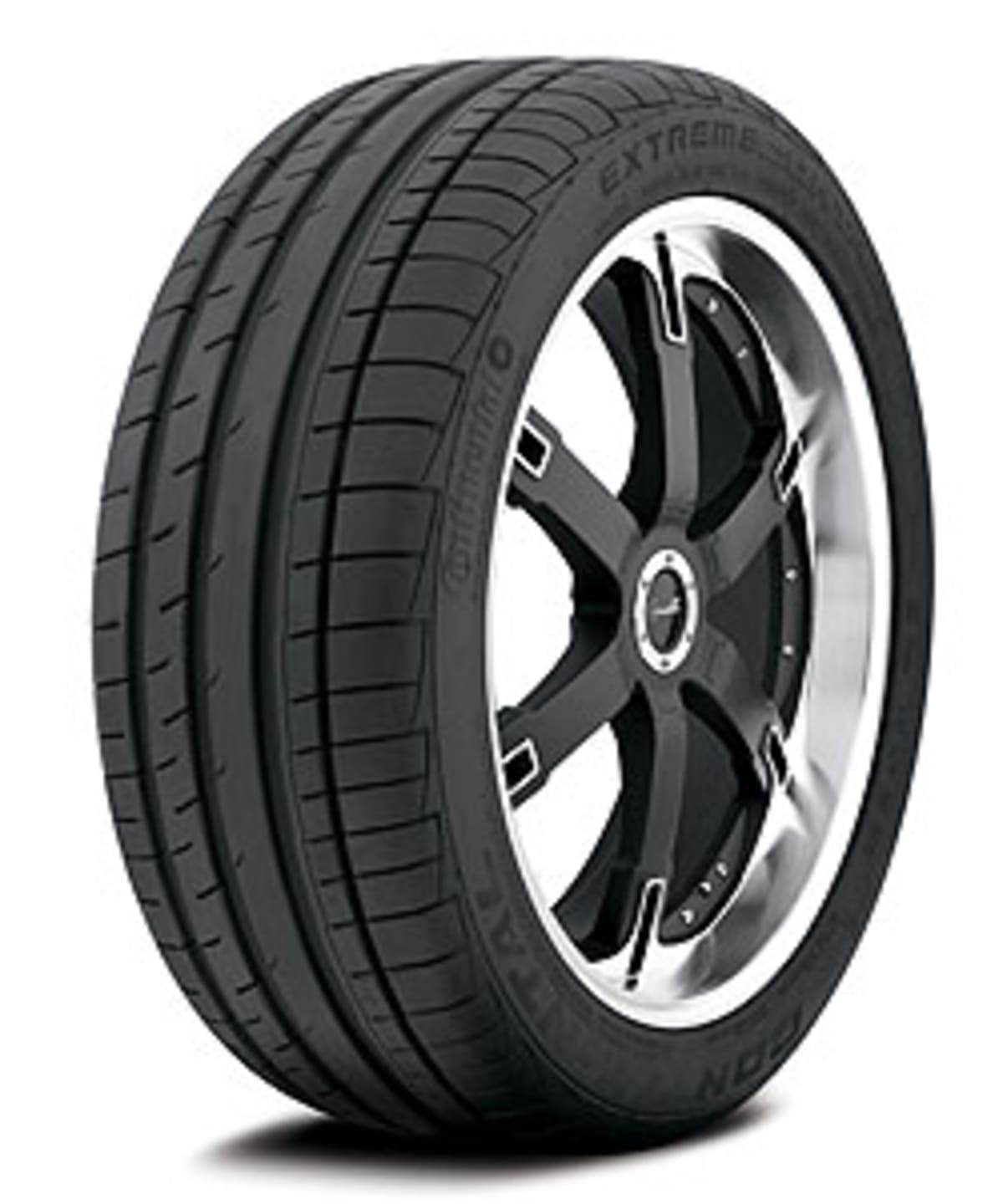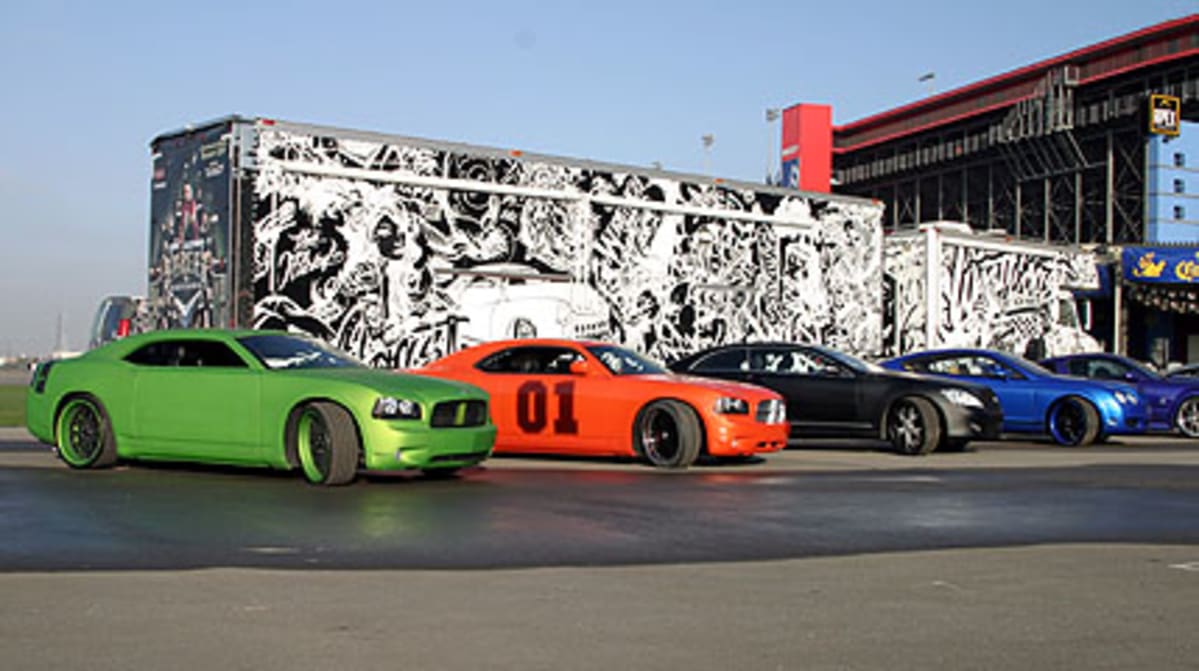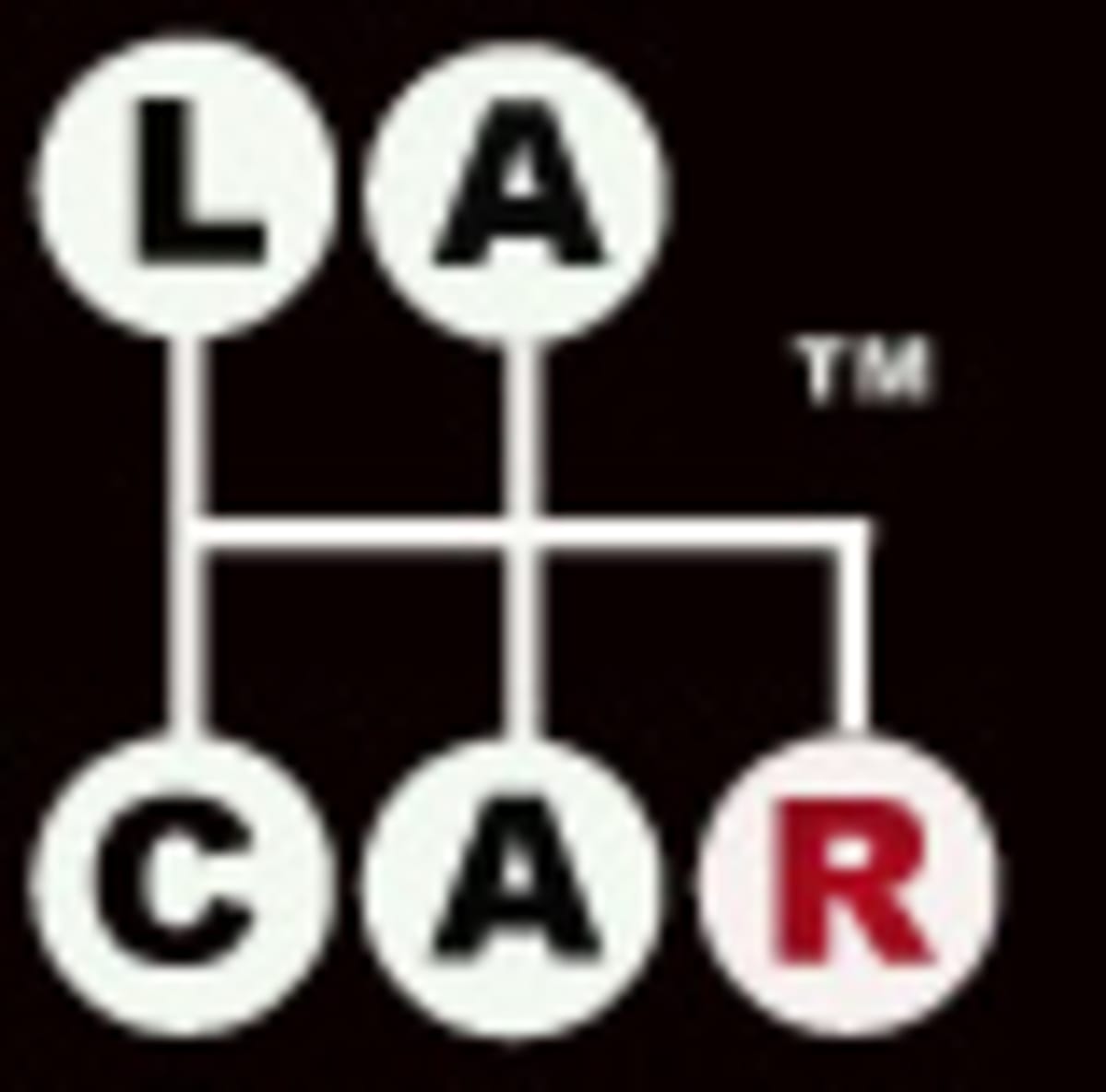THE TIRES FOR THE (REST OF) US
This article is from our archives and has not been updated and integrated with our "new" site yet... Even so, it's still awesome - so keep reading!
Published on Sun, Jul 19, 2009
By: The LACar Editorial Staff

THE TIRES FOR THE (REST OF)
US
Ask
an average Southern California driver about the tire rating on his or her car,
and you may get: "I dunno dude, PG-13?" Too much Hollywood, perhaps, but, most
drivers around here act as though their tires are more of a nuisance then a
vital part of the car. Every day you will encounter a car with a dangerously
under-inflated tire, usually rear left. Remember the SUV rollovers? If you stop
at a gas station to inflate your tires, good luck. The machine is usually stuck
in the remotest corner of the station (in some cases on an incline), pulling a
compressor hose can dislocate your shoulder, the hose is usually too short, the
gauge is inaccurate, and the airflow will cut off just before the last tire. In
a survey not long ago some California drivers stated that their tires have the
same warranty as the car, and should be left alone for the first fifty thousand
miles or so.
And yet, our engines are getting more powerful, our cars more sophisticated, and
our tires more advanced. The aspect ratios are decreasing, or put simply, the
tires are getting wider and lower. Add to this improved grip, electronic
stability controls and what not; and an average car driven by an average driver
is handling better, and can be driven faster.
Up to a point. Car racing aficionados know how much attention is paid to
managing tires. The racing teams whose knowledge about handling and performance
is beyond our comprehension treat tires with awe and respect because the only
contact point between a multimillion dollar racing machine and the road are four
pieces of rubber the size of a small notebook. These guys know that there is a
physical limit to the best handling chassis, step over it, and, in a split
second, the marvel of modern technology turns into a hunk of metal and plastic
traveling (usually) in a straight line until making contact with the nearest
obstacle. When this happens, the race car driver sitting behind the wheel has as
much control as the guy watching the race on TV. With extensive racing training
and experience a professional driver can feel this limit, and can counteract -
with the right maneuver and lightning speed - to bring the car back within the
handling envelope. A Los Angeles driver, having passed a driver's training that
amounts to no more than a trip around the block, and an experience of daily
commute to work on mostly dry freeways, does not have that feel, and is
ill-equipped to handle a modern car that steps over its handling plateau.


Chargers on Contis at California
Speedway in Fontana
As for the findings: the Contis worked really well on European sedans and the
Japanese cars, less so on American muscle cars. On a twisty auto-cross track the
Contis will start losing grip sooner than their competitors, but a decrease in
grip comes gradually, so that a driver can take corrective action with plenty of
time to spare. The braking tests and the grip test (driving ever faster around a
big wet circle) showed that the new Contis are an exceptionally competent, and
can instill in the driver an extra dose of confidence. The grip test also
confirmed that no tire can prevent a spin if the driver pushes the car too far.
The extra dose of confidence came in handy when we took the wheels of race
prepared Toyota Celicas on the big banked oval in a "follow the leader"
formation. At 75 (as in miles per hour) it was interesting, at 85 it became
exhilarating, at 90 it got twitchy, and at 100 one developed a whole new
perspective on oval racing, because how the heck do these guys go around at 185?
A closer taste of what the real oval racing like came in the passenger seat of
the ALMS Porsche, going around at about 150, and the concrete mass of the
retaining wall getting closer and closer. . . . NASCAR describes the handling of
a race car as "tight" and "loose." Or in this instance, as the Porsche got
progressively looser, some of my body parts got progressively tighter.
And so it went, all day. Continental also brought in two drivers from the
Hollywood stunt school who demonstrated unbelievable car handling ability. With
a proper equipment, and training, it is possible to parallel park the car by
sliding it into a spot from the opposite direction - it is not all computer
graphics. Remember however, the warning at the bottom of every TV commercial:
"professional driver, do not attempt."
The honorable mention deservedly goes to the In-n-Out Burger for mid-day
catering, and the young hostesses from a modeling agency who stood on the tarmac
braving overcast and cold morning skies and stiff breeze in visually appealing
albeit thermally insufficient outfits. For you single guys out there: nothing
will melt a pretty girl's heart faster than a warm jacket you wrap around her on
a cold morning.
That afternoon, on a street course around the Fontana raceway, we were comparing
the same make and model of a car shod with two different tires. After few runs
it was obvious that a tire choice significantly impacts handling and
performance. The differences were immediate and dramatic. Certain cars,
especially SUVs became practically impossible to drive when paired with a wrong
tire.
So, my dear fellow drivers, pay attention to your tires. Next time, bend down
and look underneath your car, and you will see the four small rubber patches
between the car and the road. If you happen to see anything else down there you
may have to call a mechanic. Or a policeman. Or a lawyer. Or a . . . . . . .
For more information about Continental tires, go to
www.continentaltire.comÂ





